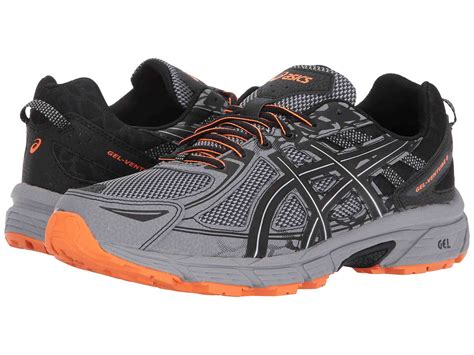5 Tips Walking Shoe

Walking is one of the most accessible and beneficial forms of exercise, offering numerous health benefits that range from improving cardiovascular health to boosting mental wellbeing. However, to fully enjoy the benefits of walking and to prevent discomfort or injury, it’s essential to wear the right footwear. Here are five tips for choosing the perfect walking shoe, tailored to enhance your walking experience and support your overall foot health.
1. Consider Your Walking Style and Terrain
The type of walking you plan to do is a crucial factor in selecting the right shoe. For instance, if you’re a casual walker who sticks to paved paths and sidewalks, a lightweight shoe with good cushioning would be ideal. On the other hand, if you prefer trail walking, you’ll need a shoe with better traction and possibly a waterproof membrane to handle various terrains and weather conditions. Understanding your walking style and the terrain you’ll be covering can help narrow down the options and ensure you get a shoe that meets your specific needs.
2. Look for Support and Stability Features
Support and stability are key when it comes to walking shoes. A good walking shoe should provide adequate arch support to prevent conditions like plantar fasciitis. Additionally, features like a stable heel counter and a supportive midfoot can help prevent excessive pronation or supination, reducing the risk of injury. If you have specific foot issues, such as flat feet or high arches, look for shoes that cater to these needs, offering customized support and stability.
3. Choose a Shoe with Breathability and Moisture Management
Breathability is another important factor to consider. Walking can generate a lot of heat and moisture, and a shoe that allows for good airflow can keep your feet cooler and drier. Look for shoes with mesh panels or other breathable materials that help in managing moisture. Additionally, some shoes come with moisture-wicking linings that can help keep your feet dry and comfortable during longer walks.
4. Think About Cushioning and Comfort
Cushioning in the heel and forefoot is critical for comfort during walking. It helps absorb the impact of each step, reducing the stress on your feet and joints. A well-cushioned shoe can make your walks more enjoyable and help prevent fatigue. Also, consider the comfort aspects like the width of the shoe and the material of the upper. A comfortable fit with enough room for your toes to spread out can significantly enhance your walking experience.
5. Consider the Weight and Flexibility of the Shoe
Lastly, the weight and flexibility of the shoe can greatly impact your walking experience. Lighter shoes can make walking feel less strenuous, allowing you to walk further with less fatigue. Flexibility is also important, as it allows for a more natural stride. A shoe that bends with your foot as you walk can enhance your comfort and efficiency. However, ensure that the shoe isn’t too flexible, as it needs to provide enough support and stability.
In conclusion, selecting the perfect walking shoe is a personalized process that requires considering several factors. By understanding your walking style, the terrain you’ll be on, and your specific foot needs, you can navigate the wide range of walking shoes available and find the one that best suits you. Remember, the right shoe can make all the difference in your walking journey, offering comfort, support, and the motivation to keep moving forward.
What is the most important feature to look for in a walking shoe?
+The most important feature depends on your specific needs, but generally, a good balance of support, cushioning, and breathability is crucial for a comfortable and safe walking experience.
How often should I replace my walking shoes?
+Walking shoes should typically be replaced every 6 to 12 months or after approximately 500 miles of use, depending on the quality of the shoe and your walking frequency.
Can I wear running shoes for walking?
+While running shoes can be worn for walking, they might not provide the best support or cushioning for walking due to their design for high-impact running. Walking shoes are generally more supportive and stable, making them a better choice for walking activities.



